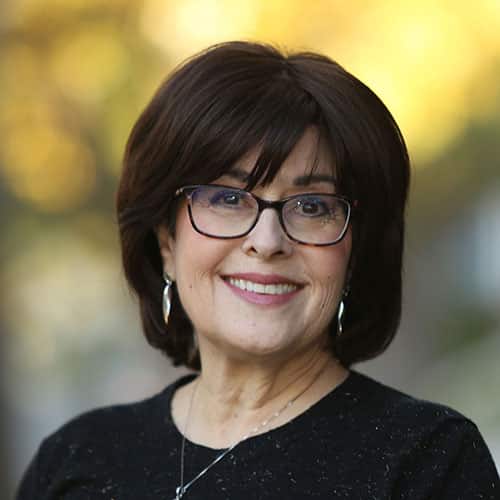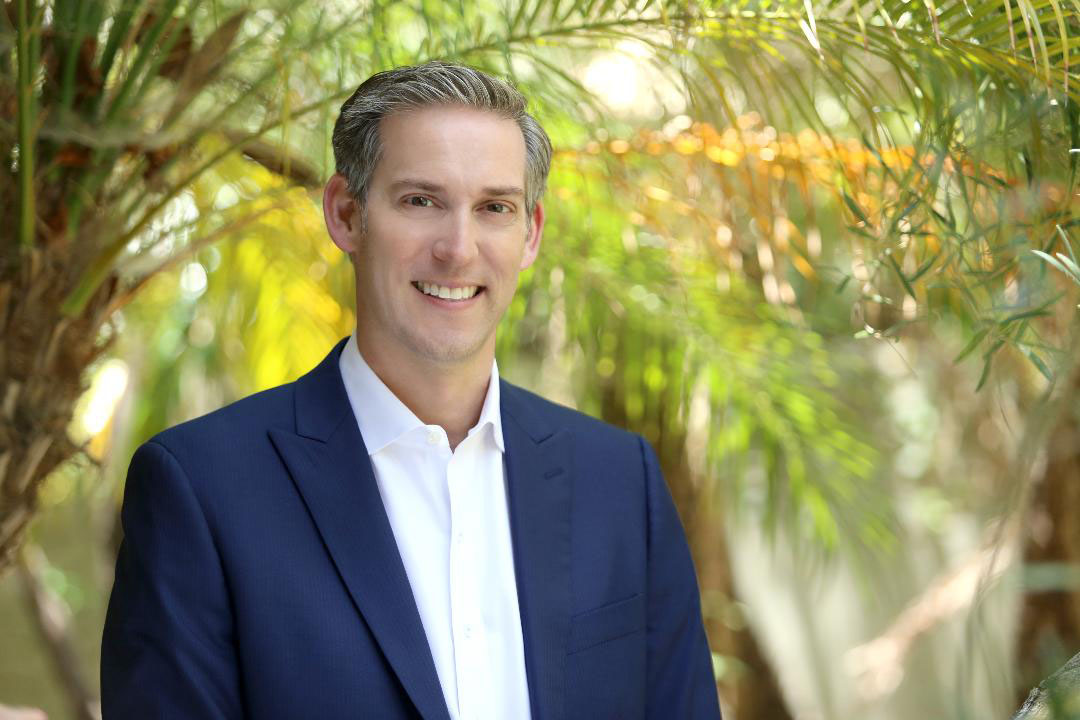Three days before his sudden passing in the winter of 1991, Rabbi Avraham Hyam Lapin delivered what turned out to be a prophetic final Shabbat drasha to his congregation, Am Echad in San Jose, California. The South African-born Rav, who had studied in the most prestigious of pre-World War II yeshivas in Europe, spoke that day about art, specifically, how to view impressionist paintings. Standing up close, he said, one only sees dots, lines and colors. But stepping back, one sees the larger canvas, and with it, the artist’s purpose becomes clear.
“One can never know the meaning of each event in his lifetime,” the Rav said. “But as one grows older and reflects on his life, each and every event brings the pattern into focus, and HaShem’s purpose is clarified.”
Twenty-five years after the passing of this remarkable and singularly important Torah scholar and teacher, the legacy of Rav A.H. Lapin continues to grow. That legacy now includes not only his own students, but also their children and grandchildren as well as an entirely new audience that has access to his incisive teachings through downloads of his lectures, available through RabbiLapin.com, the web site of his son Rabbi David Lapin.
On December 11, more than 150 people attended a tribute to Rav A.H. Lapin on this milestone Yartzeit at Congregation Beth Jacob in Beverly Hills, California. More than 1,000 people also accessed a live feed of the program, which posed the question, “What Would My Father Think? 25 Years of Monumental Change.” Addressing the question were two of the Rav’s sons, Raphael Lapin and Rabbi David Lapin, as well as nationally syndicated radio host and bestselling author Michael Medved, a former student of the Rav. (The Rav’s other son, Rabbi Daniel Lapin, founding rabbi of the Pacific Jewish Center in Venice, California and president of the American Alliance of Jews and Christians, and daughter, Mrs. Judith Chill, were unable to attend.)
Raphael Lapin, principal of Lapin Negotiation Services, a negotiation and dispute resolution firm in Los Angeles, said that any attempt to answer the question “What would my father think” would only be conjecture. Instead, he explained what he learned from his father about personal and intellectual growth. “As a student advances, innovates and creates, he should always be guided by the constructs and frameworks that he learned from his teachers. The greatest creative works are always bound to a structured framework, like a sonnet is bound to its 14 lines, and a rondo to a particular form of musical structure. Without a structure there is a danger of dilution.”
He added that asking himself the question of ‘What would my father think? provides a frame of reference to ensure that he is operating within the construct of authenticity that his father taught him, and in that sense the question is still very relevant.
Raphael Lapin recalled that when he and his siblings were growing up, their father insisted they each bring one original Torah idea to the Shabbat table. “It was under his vigilant eye that we were encouraged to think originally and creatively, while at the same time making sure that it conformed to his standards and framework of authenticity,” he recalled.
Rabbi David Lapin, CEO of Lapin Consulting International, Inc., founder and former rabbi of Keter Torah Congregation in Johannesburg and former rabbi at Pacific Jewish Center, referred to his father as “a classic.”
“If art is designed for a specific audience, it cannot be a classic,” Rabbi Lapin said. “Classic art is created in the present and is rooted in the deep authenticity of the past while still able to speak the language of the future.” He referenced the patriarch Yaakov, who had the famous dream where he saw angels ascending and descending the ladder. When he awoke, he was disturbed that his immersion in Torah study had distracted him from noticing the miraculously early sunset that caused him to camp in that spot. Had he noticed the miracle, he would have realized that he was being called to a prophetic moment and would have prepared for it.
That moment redefined Yaakov. “He became a man who learned to live in two worlds: the heavenly world of Torah study and the more mundane world of interpersonal engagement. In the next scene he engages the shepherds in conversation, introduces himself to a strange woman later to become his wife, and accepts the job of manager of his uncle Lavan’s business empire. The Jew lives neither in the heavenly world nor in the earthly one,” Rabbi David explained. “The Jew vibrantly oscillates between both worlds like the angels on Jacob’s ladder, until he seems to be living and operating in both worlds simultaneously.”
Although the Rav was steeped in the spiritual teachings of his mentors in pre-war Lithuania, he spoke the language of the future, his son observed. “Few people appreciated how my father appreciated art, science and technology, innovation and society’s journey of progress. He would have been thrilled by today’s innovations, because he lived in the present, was rooted in the authentic depths of the past, and spoke the language of the future.”
For some years, Rav A.H. Lapin had been Chief Rabbi of Cape Town, South Africa. Going from there to a small congregation in San Jose, with barely a minyan at first, was painful to see, Rabbi Lapin recalled. “But my father spoke the same way to two people as he did to 1,500 people, because his talks were for God, not for an audience. This is why both young and old could understand him. The pure intent of his message was not polluted by a quest for audience approval.”
The final speaker, Michael Medved, recalled Rav Lapin as someone whose dignity and even regal bearing demonstrated the elegance of what a Torah personality was meant to look like. In fact, Rav Lapin’s unfailing kindness and consideration for other people, including store clerks, taxi drivers, and airline ticketing agents, became a hallmark of his persona.
Medved noted that Rav Lapin taught seemingly small lessons that were actually huge ones. When Medved heard him make the blessing over a simple glass of water, he focused on each word, and those who heard the blessing would answer “Amen.”
Medved said that lesson resonated deeply for him during his treatment for throat cancer in early 2015. He had not been able to swallow for months, his nutrition coming only from feeding tubes.
“When I finally was able to take a sip of water, I felt what a profound thing it is, to drink water. Water is also a metaphor for Torah. I made that blessing and thought of how Rav Lapin made that blessing, how he communicated the value of a bracha. No water had ever tasted so good to me. . . This great showing here tonight testifies to what we all lost 25 years ago, but also that we who knew him and learned from him all absorbed something of the greatness of this extraordinary man.”
Judy Gruen, who also lived in the Pacific Jewish Center community and studied with Rav Lapin, is the author of the forthcoming memoir, “The Skeptic and the Rabbi,” to be released in Fall 2017.






















 More news and opinions than at a Shabbat dinner, right in your inbox.
More news and opinions than at a Shabbat dinner, right in your inbox.